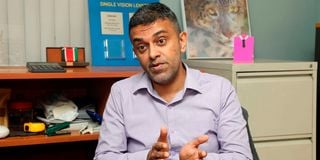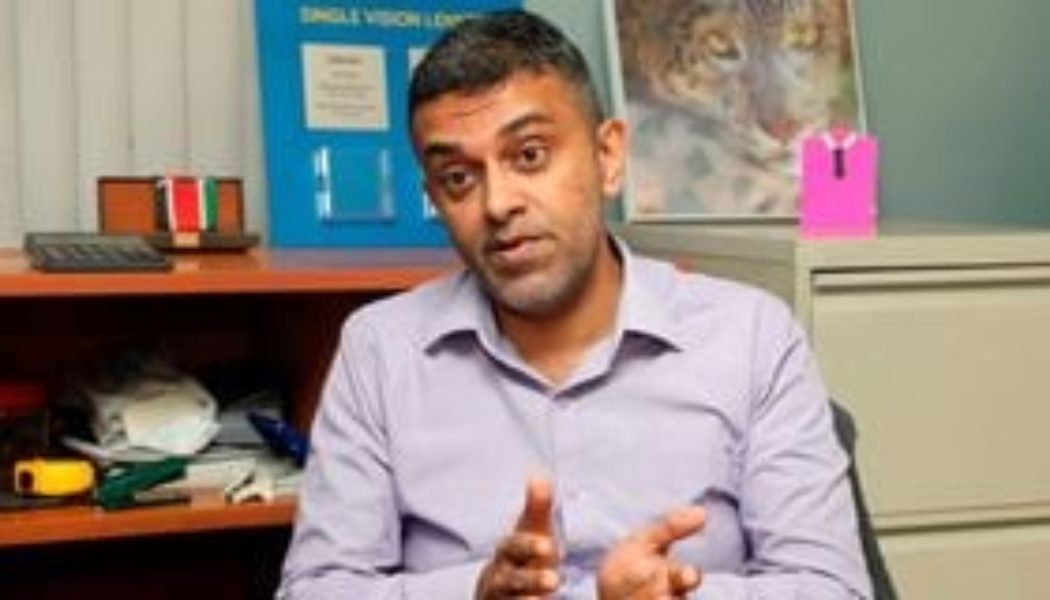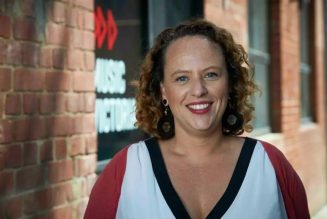How far can a founder’s vision take a business? For Optica, arguably Kenya’s biggest eye wear retailer, it has been 65 years, which makes it one of the oldest businesses in the country.
It all started with the late Bharat Bhardwaj, an optometrist working at the King George VI Hospital (today Kenyatta National Hospital). It troubled him that his patients had very limited options in terms of affordable eye care. They would get prescriptions from him but struggled to buy decent spectacles.
Then he had a vision.
Why not go into business and offer comprehensive optical care service? Instead of seeing him at the hospital and getting a prescription only to go hunt for affordable eye wear, Bharat reasoned his patiens would get more value for their money if he combined the two services.
He opened the first shop in 1959 on Nairobi’s Government Road, now Moi Avenue.
“Back then, people had little knowledge about the optical industry and eye care. The knowledge and experience Bharat Bhardwaj brought helped a great deal in shaping the industry into what it is today,” says Wazeem Mohamed, Chief Executive Officer of Optica Kenya.
From the Moi Avenue shop, Optica has grown into 78 branches locally, four in Uganda and two in Rwanda.
What is the secret to the family business’ longevity while so many others have faltered before handing the reins to the third generation?
Handling transition
Wazeem says for starters Optica got the transitions right. When a corporate structure was required to get to the next growth level, the family was quick to hire professionals from outside to play key management roles.
In his case, Optica tapped him from the London School of Economics to join the firm in 2013. He reports to the company board chaired by Bharat Bhardwaj’s son, Kush.
This transition, according to Wazeem, was a pivotal moment because professional outsiders bring objectivity and add value.
Secondly, Wazeem says Optica has stayed true to the founder’s vision, with a strong focus on the customer which has helped it build its brand as a reliable retailer for quality affordable eye wear.
“It did not suddenly emerge. It is an accumulated experience over the years but that doesn’t mean we have been complacent,” he says.
Optica, he notes, works hard to give a specific customer experience which is replicated across all their shops.
“Growth and scaling up bring advantages, and we pass those advantages on to our customers, hence the reason we can offer frames for as low as Sh890, and with that, customer appreciation grows instead of diminishing.”
Cost points and risks
Thirdly, Wazeem points out that in retail businesses like Optica’s, rent is a significant overhead cost alongside human capital expenditure.
By keeping a close eye on the expenditures, the company, he says, ensures a smooth operation.
“The current hard economic time is a risk element we cannot control. We are always looking at policies on the regulatory aspect; taxes changing interests rates, among others,” says Wazeem.
Young workforce
Wazeem says that reliance on a young workforce for businesses today is crucial and that the more a business is geared towards utilising the young workforce, the better it can respond to market requirements.
“Business needs that because naturally, everything at any given time will revolve around people of a certain demography. Ours is mixed though younger segment forms our largest segment,” he says.

Optica Chief Executive Officer Wazeem Mohamed during the interview at their head office in Nairobi on June 4, 2024.
Photo credit: Lucy Wanjiru | Nation Media Group
Choosing location
At 78 branches locally and still growing, Wazeem says that Optica’s growth and branch locations and selection revolve around areas where the firm’s presence and services are required.
“We look at locations with the absence of credible opticians, and it is more than a business decision. We choose locations where customers will appreciate them, and naturally, that, brings business traction,” says the CEO.
He adds that Optica also picks areas with new property development that allows for customer accessibility and, at the same time, the presence of other retailers.
Funding expansion
The former banker says that to fund its growth and branch expansion, Optica solely relies on its internally generated revenue at its current strength.
“The revenue generated is heavily re-invested in network expansion,” he emphasises, adding that this step doesn’t happen overnight but rather is well planned because items like training of operational staff before deployment, shop remodelling, and equipment sourcing can affect cash flow if not well managed.
Lessons along the way
To have maintained a strong brand for six decades, Wazeem says that their secret lies in their core values of remaining consistent on their objective.
“When businesses grow and start seeing returns, they sometimes tend to lose focus, but businesses need a strong focus, and that’s what we have to do,” he advises.
He further adds that in retail, one key element you have to rely on is the workforce and that if they are motivated, they, in turn, pass that motivation on to customers, resulting in better output and consistency.
“Understanding the needs of your shopper is equally important. One of the reasons family businesses may be limited in growth beyond a certain level is that they may have ambition but achieving those ambitions and aspirations requires vision and a plan,” says Wazeem.
He advises that to achieve sustained growth, businesses should embrace change, and for them, the way Optica operates today is totally different from how it operated 65 years ago.
“The scale has changed and change is inevitable. Response and how you do it are crucial,” he says,









